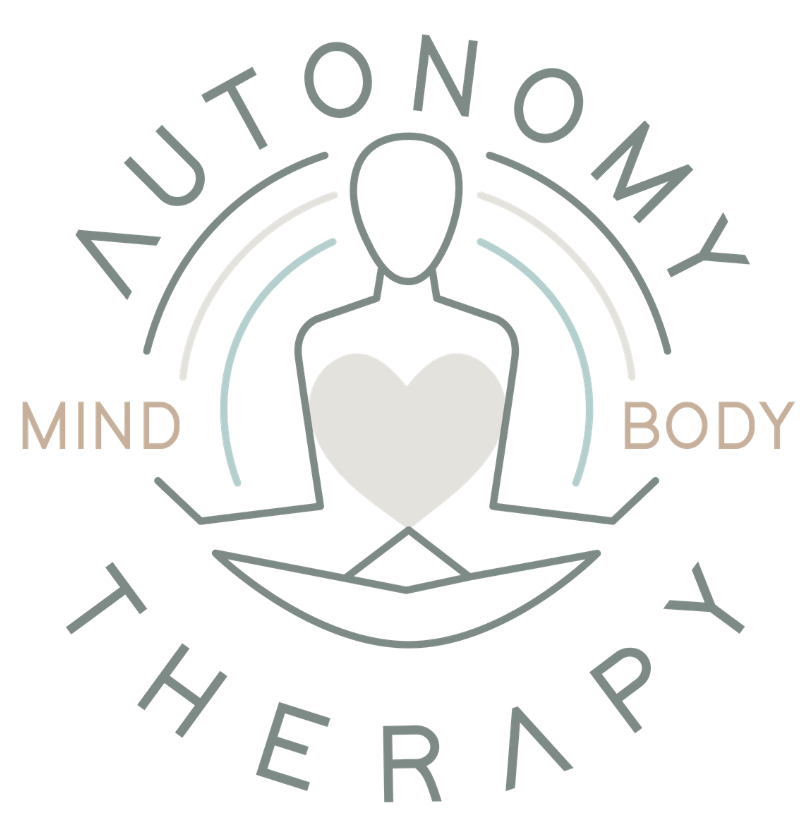Body Image & Beauty Standards in LGBTQIA2S+ Communities
Author: Caitlin Diamond, LPC-Associate
Let’s be honest: we live in a world that perpetuates a very specific body hierarchy at every turn. No matter where you look, you’re likely faced with messages about what kinds of bodies are good or bad, beautiful or ugly, worthy or unworthy. It can be heartbreaking, frustrating, and exhausting all at once! It’s only natural that individuals in marginalized bodies would seek out ways to feel more confident and to find security in our cultural landscape.
Oftentimes, this heavily impacts members of the LGBTQIA2S+ community. Queer and trans folks are already faced with discrimination for the bodies we were born into, which can sometimes double down on the desire to find safety in a body that is as culturally acceptable as possible. This is such an understandable response. However, it can lead to many people feeling unworthy of respect and love if they fall outside the lines of the white, cisgender, smaller-bodied beauty standard.
There can be immense pressure to look a certain way in the queer community. In the media, there is often a stereotypical “look” for queer men - smaller-bodied, muscular, toned, cisgender, etc. And for queer women, it’s often the same. For example, try to think of a movie that depicts a sapphic romance with leads who are not thin, white, cisgender women. They’re out there, but it’s tough!
All of this pressure can also contribute to the prevalence of body image concerns and eating disorders in LGBTQIA2S+ communities. According to The Trevor Project, “[LGBTQIA2S+] young people often report higher rates of unhealthy weight control and eating behaviors, eating disorders, and body dissatisfaction compared to their straight, cisgender peers.” In fact, nearly 87% of LGBTQIA2S+ youth report being dissatisfied with their body. What’s more, transgender and gender-nonconforming youth often exhibit even higher rates of bodily dissatisfaction. (A piece of good news is that sometimes, that distress is associated with gender dysphoria and can be alleviated through gender-affirming medical care!)
If any of this resonates with you, and you’re looking for ways to find some relief, here are a few tips on how to cope with body image struggles as a queer person:
Notice one thing you appreciate about your body or something that feels neutral to you. It could be the shape of your nose, the color of your hair, or even what makeup you like to wear. Anything that feels okay in this moment.
Seek out art made by queer folks who are excluded from traditional beauty ideals. You may want to listen to music by Chika, read some poetry by Caleb Luna, or check out J Aprileo’s blog.
Look into some resources like online peer support groups or affirming eating disorder providers. Check out the links below for a few places to start.
Remember that body hierarchies should have no place in the queer community. At the end of the day, we are here to love and support one another through it all. We’re all family, and we all deserve care and dignity.
No matter where you are on your journey, remember that your identity is valuable, that we need you in this world, and that your body is worthy of love and appreciation, full stop. And if you need extra support in healing your relationship with food and body image, Autonomy Therapy is here for you when you’re ready.
J Aprileo’s blog: https://comfyfat.com/
Caleb Luna’s book of poetry: https://blacklawrencepress.com/books/revenge-body/
Chika’s YouTube Channel: https://www.youtube.com/@oranicuhh
Support group for LGBTQIA2S+ eating disorders and body image: https://www.eatingrecoverycenter.com/support-groups/lgbtq-eating-disorder-body-image-monday
More resources: https://fedupcollective.org/resources
Trevor Project on body image: https://www.thetrevorproject.org/wp-content/uploads/2023/01/January_2023_Research_Brief_Final.pdf
Trevor Project on eating disorders: https://www.thetrevorproject.org/wp-content/uploads/2022/02/Embargoed_Feb-2022-Research-Brief.pdf
